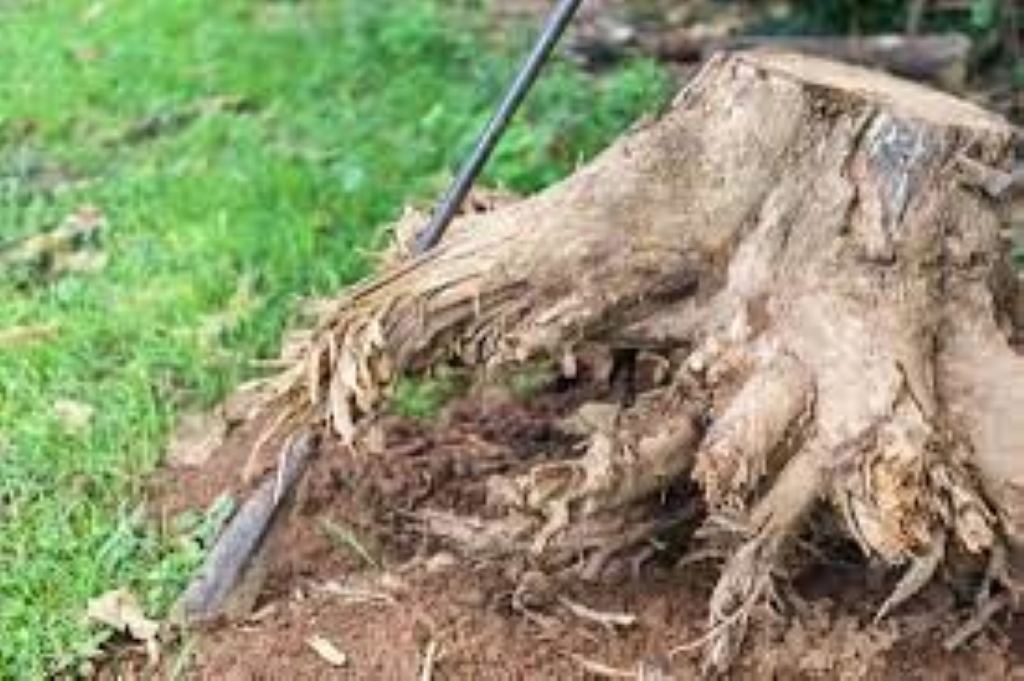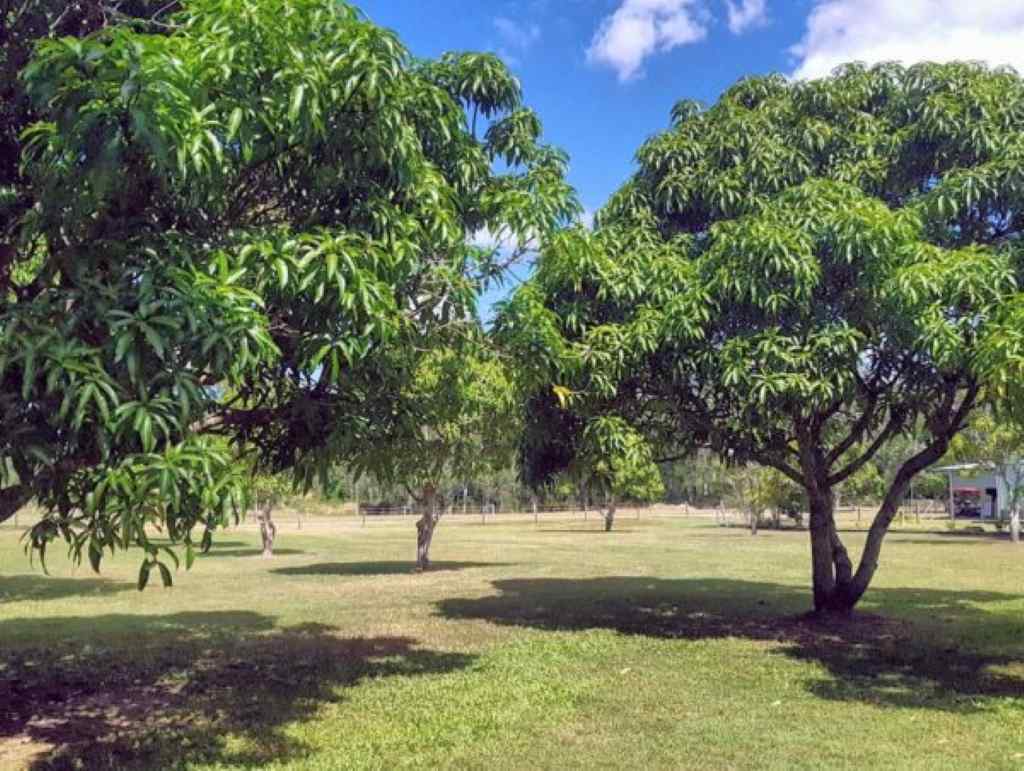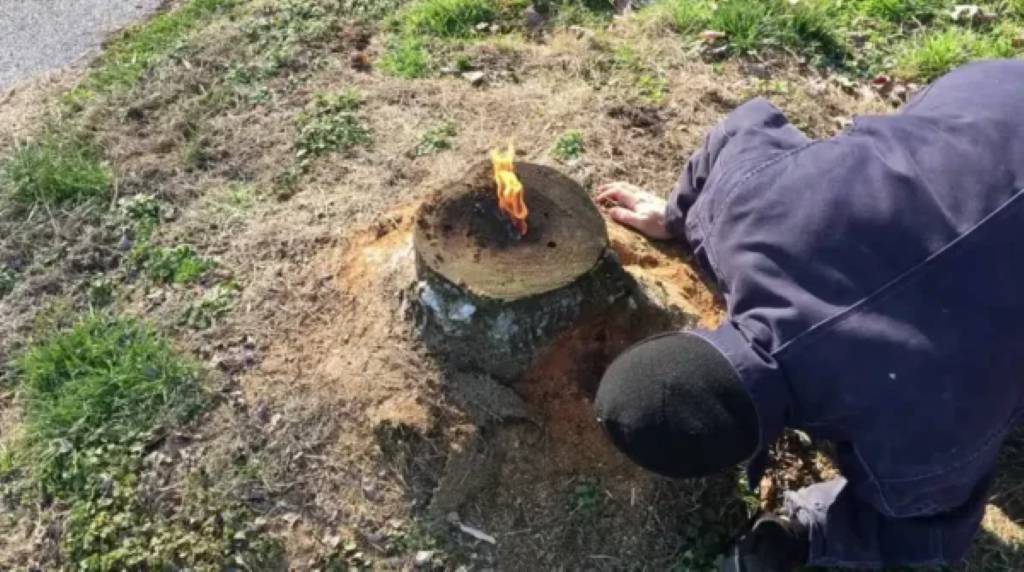How to remove tree roots from lawn?
A well-manicured lawn is a source of pride for any homeowner. It’s a place for relaxation, outdoor gatherings, and a playground for your children. However, one common issue that can threaten the health and aesthetics of your lawn is the invasion of tree roots. If left unchecked, tree roots can wreak havoc on your lawn, causing uneven surfaces, patches of dead grass, and even structural damage to hardscapes like sidewalks and driveways. But fear not; in this guide, we’ll walk you through the steps on How to remove tree roots from lawn and restore its natural beauty.
Why You Need to Address This Issue
Tree roots infiltrating your lawn is not just an aesthetic problem; it can have far-reaching consequences for your property:
Lawn Health: Tree roots compete with your grass for water and nutrients, leading to brown, thinning, or dead patches of grass.
Safety Concerns: Raised root systems can pose tripping hazards and make lawn maintenance difficult.
Structural Damage: As roots grow, they can exert pressure on hardscape features, such as foundations, causing cracks or damage over time.
Invasive Species: Some tree species are particularly invasive, and their roots can spread widely, making the issue even more challenging.
In this guide, we’ll equip you with the knowledge and tools needed to effectively remove tree roots from your lawn, prevent future invasions, and restore your lawn to its former glory.
Now, let’s dive into the steps required to address this common landscaping problem.
Understanding the Problem
Before you start the process of removing tree roots from your lawn, it’s essential to understand the nature of the problem and identify the signs of root invasion. This knowledge will help you make informed decisions and ensure that you address the issue effectively.
How Tree Roots Can Damage Your Lawn
Tree roots, while essential for the health of the tree itself, can inadvertently harm your lawn in several ways:
Competition for Resources: Tree roots absorb moisture and nutrients from the soil, leaving less for your grass. This can result in dry, unhealthy grass in areas where roots are prevalent.
Physical Damage: As tree roots grow, they can push through the soil, creating uneven surfaces. This can make mowing the lawn difficult and create trip hazards.
Thatch Development: Thatch, a layer of dead grass and debris, can accumulate in areas with poor root competition. It can smother your lawn, preventing new grass from growing.
Identifying Signs of Tree Root Invasion
To determine if your lawn is suffering from tree root invasion, look out for these common signs:
Uneven Ground: Are there areas of your lawn with humps or depressions that weren’t there before? These could be caused by the growth of tree roots beneath the surface.
Patchy or Dead Grass: Do you notice patches of discolored or dead grass in your lawn, especially near the base of nearby trees? This may indicate root competition for resources.
Raised Soil or Pavement: Are sidewalks, driveways, or other hardscape features in your yard becoming uneven or cracked? This could be due to the pressure exerted by tree roots.
Visible Roots: In some cases, you may see tree roots protruding from the ground’s surface, especially after heavy rainfall or erosion.
By understanding the ways in which tree roots can harm your lawn and recognizing the signs of root invasion, you’ll be better equipped to address the problem effectively. In the following sections, we’ll guide you through the steps to remove these intrusive roots and protect the health and beauty of your lawn.
Tools and Materials Needed
Before you embark on the journey of removing tree roots from your lawn, it’s essential to gather the right tools and materials. Having the appropriate equipment will not only make the process more manageable but also ensure your safety. Here’s a list of the essential items you’ll need:
Tools for Removing Tree Roots
Root Saw or Pruners: These are essential for cutting smaller roots close to the surface. A root saw with sharp teeth or heavy-duty pruners can make the job easier.
Shovel: A sturdy shovel is crucial for digging around the root zone, especially when dealing with deeper roots.
Mattock or Pickaxe: These tools can help you break through tough soil and roots, particularly in areas with compacted soil.
Root Bar: This tool allows you to leverage and pry roots from the ground. It’s especially useful for larger, stubborn roots.
Loppers: Similar to pruners but with longer handles, loppers are excellent for reaching higher branches and roots.
Chainsaw (Optional): If you’re dealing with particularly large roots or tree removal, a chainsaw may be necessary. Ensure you have the appropriate safety gear and experience when using one.
Wheelbarrow or Garden Cart: You’ll need a means to transport removed roots and soil away from the work area.
Safety Glasses: Protect your eyes from debris and flying wood chips.
Work Gloves: Prevent blisters and protect your hands from sharp objects.
Ear Protection (if using chainsaw): Safeguard your hearing from the noise of the chainsaw.
Sturdy Work Boots: Ensure good traction and ankle support for safe digging and cutting.
Materials for Disposal
Trash Bags or Bins: Use these to collect and dispose of removed roots and soil. Check local regulations for proper disposal methods.
Topsoil or Compost (if needed): You may need to fill in holes left by removed roots. Having topsoil or compost on hand can help with lawn restoration.
Safety Precautions
Call Before You Dig: Before digging, contact your local utility companies to locate and mark underground utilities to avoid accidents.
Stay Hydrated: Tree root removal can be physically demanding, so remember to stay hydrated throughout the process.
Work with a Partner: Having someone nearby can be helpful in case of an emergency.
Now that you have the necessary tools and materials and are aware of safety precautions, you’re ready to move on to the step-by-step process of removing tree roots from your lawn, which we’ll explore in the upcoming sections.
Step-by-Step Guide on Removing Tree Roots
Now that you have gathered the essential tools and materials, it’s time to dive into the step-by-step process of removing tree roots from your lawn. Follow these instructions carefully to ensure a successful root removal project:
- Preparing for the Removal Process
- Safety Gear and Precautions
Before you start, ensure you are wearing the necessary safety gear, including safety glasses, work gloves, and sturdy work boots. If you’ll be using a chainsaw, also wear ear protection. Safety should be your top priority throughout the project.
- Marking the Root Zone
Identify the areas where tree roots are causing issues. You can do this by examining the signs mentioned in Section 2. Once identified, mark the root zone with spray paint or flags. This will help you avoid unnecessary damage to other parts of your lawn.
- Cutting and Removing Surface Roots
- Using a Root Saw or Pruners
Start with smaller roots that are closer to the surface. Using a root saw or pruners, carefully cut through the root. Make clean cuts to minimize damage to the tree. If the root is too thick for pruners, consider using loppers.
Tips for Safe Cutting
Cut at an angle: Make the cut at a 45-degree angle to prevent water from collecting on the cut surface.
Remove loose soil: Clear away soil from the root area to get a better view of the root and to prevent soil from getting into your tools.
Step carefully: Avoid stepping on or around the root area to prevent soil compaction.
- Digging and Removing Deep Roots
- Preparing the Digging Area
Use a shovel to clear the soil around the root area. Create a trench around the root, exposing it as much as possible.
Dig carefully: Work slowly and cautiously to avoid damaging the roots you intend to keep.
Keep the root moist: If the root is exposed for an extended period, keep it moist with water to prevent drying.
Techniques for Removing Deep Roots
Use a mattock or pickaxe to loosen the soil around the root.
Once the root is exposed and loose, carefully use a root bar to pry it out.
For larger, stubborn roots, consider enlisting the help of a second person to assist with prying or cutting.
Dealing with Large or Stubborn Roots
For particularly large or stubborn roots that you can’t remove entirely, you have a few options:
Trim the root as close to the tree as possible without damaging the tree’s stability.
Consider using a root barrier to redirect future root growth away from your lawn and hardscapes.
Filling in the Holes
After you’ve successfully removed the roots, fill in the holes with topsoil or compost. Tamp down the soil to ensure it’s level with the surrounding area. This step is essential for restoring the appearance of your lawn.
Proper Disposal of Removed Roots and Soil
Dispose of the removed roots and soil properly, following your local regulations. You may need to contact your local waste disposal or composting facilities for guidance.
With these steps, you can effectively remove tree roots from your lawn and address the issues caused by root invasion. In the next section, we’ll explore ways to prevent future root invasions and maintain a healthy lawn.
Preventing Future Root Invasions
Removing tree roots from your lawn is a necessary step, but it’s equally important to take measures to prevent future root invasions. By implementing the following strategies, you can safeguard your lawn and minimize the chances of root-related issues recurring:
Choosing the Right Tree Species for Your Lawn
Research Tree Varieties: When planting trees in your yard, choose species that have less invasive root systems. Some trees, like oaks and maples, are known for aggressive root growth, while others, such as ornamental trees, tend to have less disruptive roots.
Planting Distance: Ensure that you plant trees at a safe distance from your lawn and hardscapes. The recommended distance varies depending on the tree species but typically ranges from 15 to 20 feet or more.
Regular Pruning: Prune your trees regularly to manage their root and canopy growth. This can help control root expansion and maintain a healthier, more compact tree.
Installing Root Barriers
Root Barrier Installation: Root barriers are physical barriers that can be installed underground to redirect tree roots away from sensitive areas like lawns and structures. Consider installing root barriers when planting new trees or when addressing root issues from existing trees.
Professional Assistance: Consulting with a professional landscaper or arborist can help you determine the best location and type of root barrier for your specific situation.
Regular Maintenance and Monitoring
Routine Inspections: Periodically inspect your lawn for signs of root invasion. Catching the issue early can make it easier to address.
Lawn Care: Maintain a healthy lawn through proper watering, fertilization, and aeration. A robust and well-cared-for lawn is less susceptible to damage from invasive roots.
Trimming and Pruning: Keep trees near your lawn pruned to reduce the risk of root invasion. Trimming back branches and roots can help maintain a harmonious balance.
Mulch: Apply mulch around the base of trees to help control weeds and retain moisture. Proper mulching can also discourage root growth near the surface.
By taking these preventive measures, you can significantly reduce the likelihood of tree roots causing problems in your lawn. Remember that a proactive approach to landscaping can save you time, effort, and money in the long run.
Lawn Restoration
Once you’ve successfully removed tree roots from your lawn and taken steps to prevent future invasions, it’s time to focus on restoring your lawn to its full glory. Follow these steps to bring life back to your landscape:
Steps to Repair and Restore Your Lawn
Clear Debris: Begin by removing any remaining debris, such as root fragments or loose soil, from the area where the roots were removed.
Level the Ground: Use a rake or leveling tool to ensure that the soil is even and level. This will help prevent tripping hazards and create a smooth surface for your lawn.
Soil Amendment: If the soil in the affected area is compacted or of poor quality, consider adding a layer of topsoil or compost. This will provide a healthy base for new grass to grow.
Choose Grass Seed: Select a grass seed blend that is well-suited to your climate and soil type. Ensure that it matches the grass variety in the rest of your lawn for a consistent appearance.
Seed and Fertilize: Spread the grass seed evenly over the prepared area, following the recommended seeding rate on the seed packaging. Apply a starter fertilizer to promote healthy grass growth.
Watering: Keep the newly seeded area consistently moist but not waterlogged. Regular, light watering is key to successful germination.
Monitor Growth: Be patient and monitor the growth of the new grass. It may take several weeks to see significant progress.
Replanting Grass or Alternative Ground Cover
If the root removal process left significant gaps in your lawn, you may want to consider reseeding the entire affected area or exploring alternative ground cover options:
Reseeding: For larger areas with extensive root damage, it might be more practical to reseed the entire section of your lawn. This will ensure a uniform appearance.
Ground Cover Plants: Consider planting ground cover plants or spreading ground cover seeds as an alternative to grass. Ground covers can be more resistant to root intrusion and require less maintenance.
Related posts:
Proper Watering and Care
Watering Schedule: Continue to water the newly seeded or planted area as needed to maintain soil moisture. Gradually reduce watering frequency as the grass becomes established.
Mowing: Once the new grass reaches the recommended mowing height, mow it following proper lawn care practices. Avoid cutting more than one-third of the grass blade at a time.
Fertilization: Apply a balanced lawn fertilizer according to the recommended schedule for your grass type. This will help promote healthy growth.
Weed Control: Keep an eye out for weeds and address them promptly to prevent competition with your newly established grass.
By following these steps for lawn restoration, you can ensure that your yard recovers from the root removal process and regains its lush, green appearance. Remember that patience and consistent care are key to achieving a beautiful and healthy lawn.
Conclusion
Congratulations! You’ve now learned how to effectively How to remove tree roots from lawn and take steps to prevent future root invasions. By following the guidelines outlined in this comprehensive guide, you’ve taken significant strides towards ensuring the health and beauty of your outdoor space.




